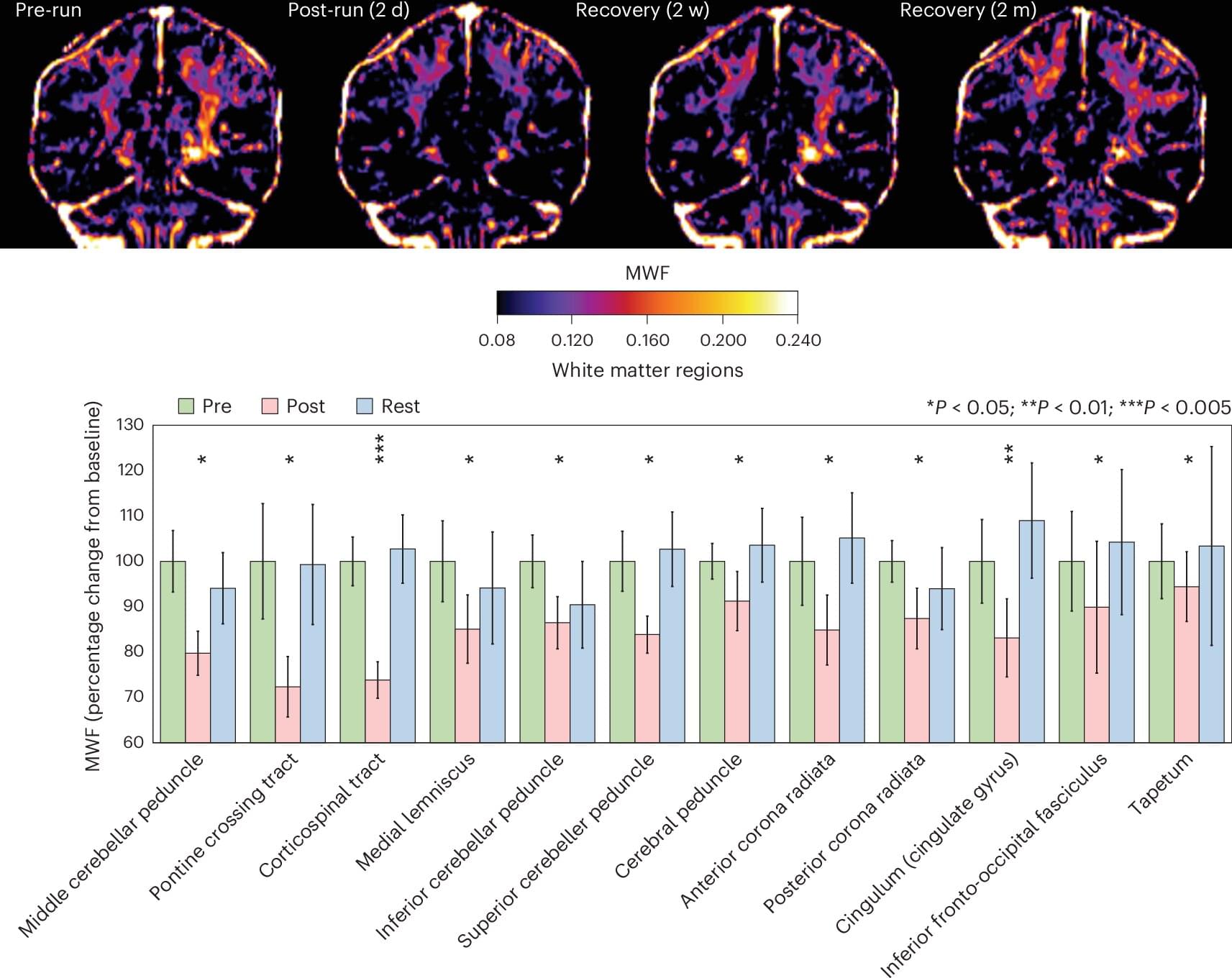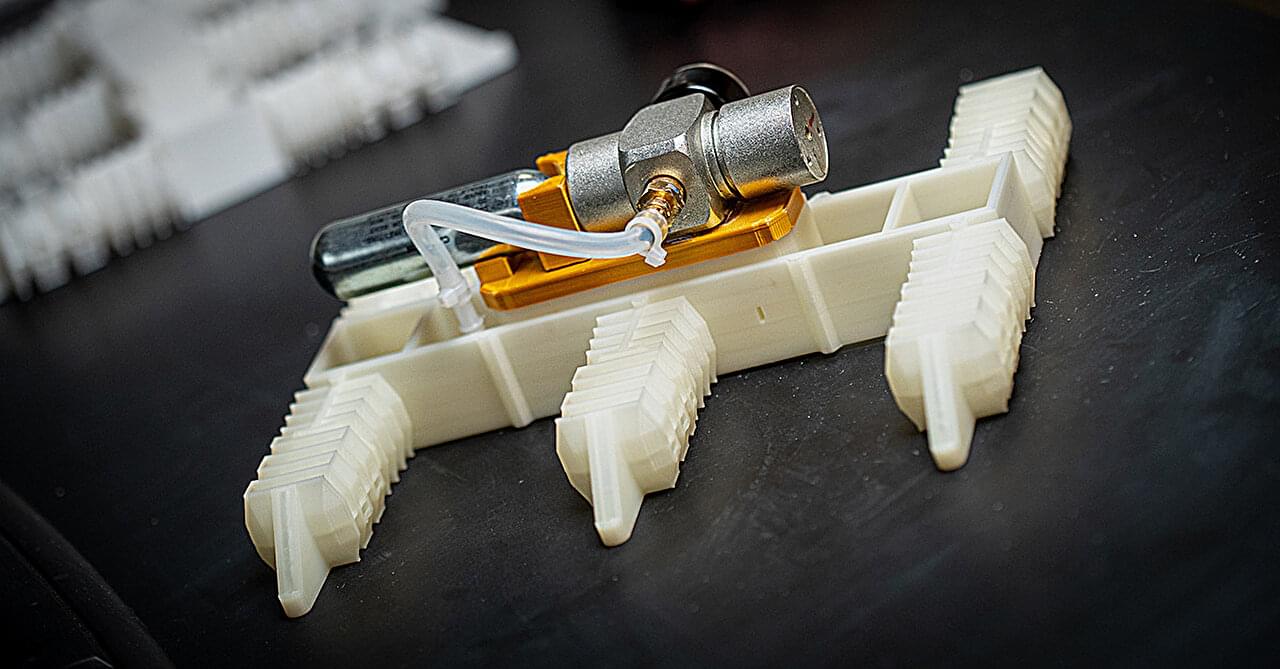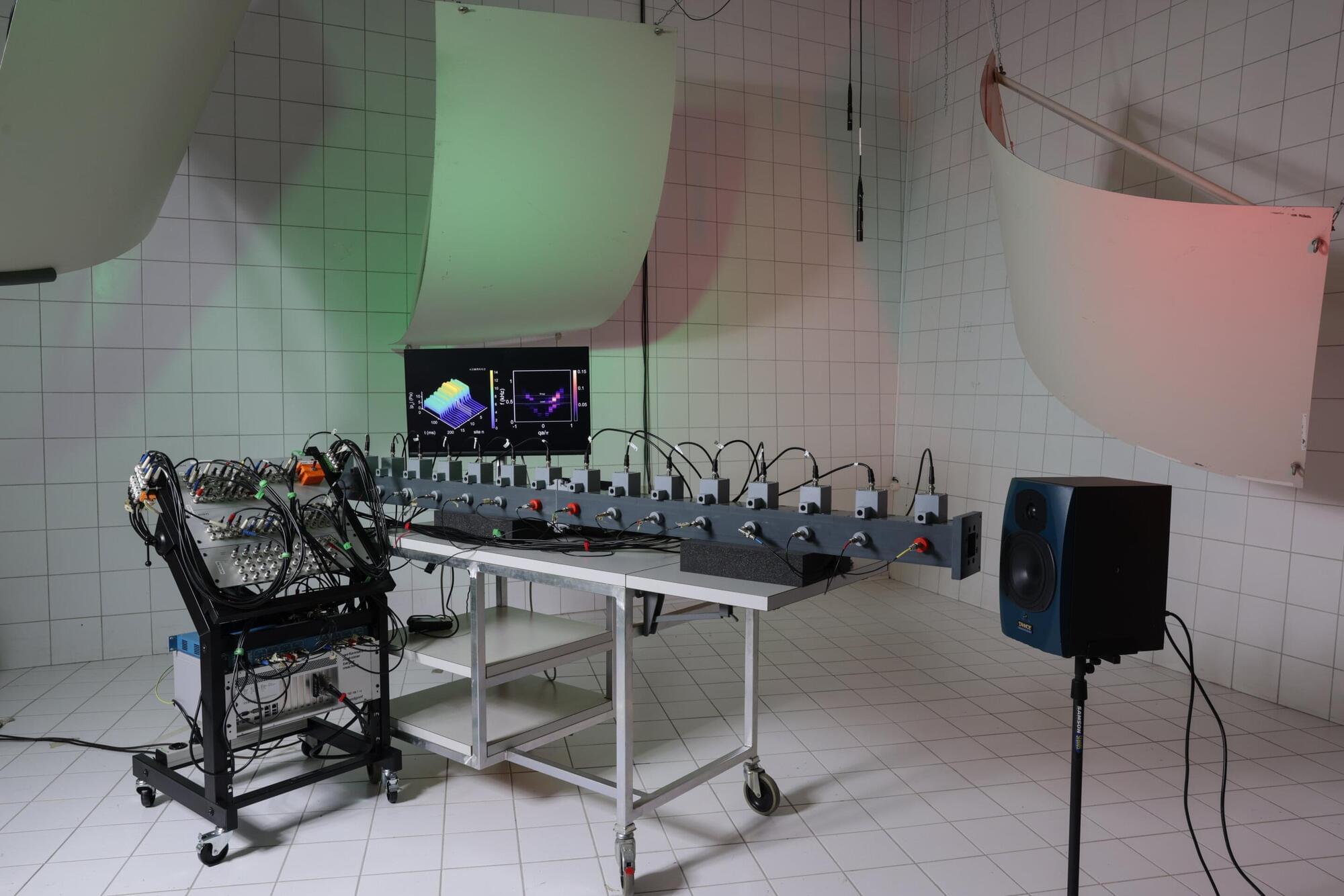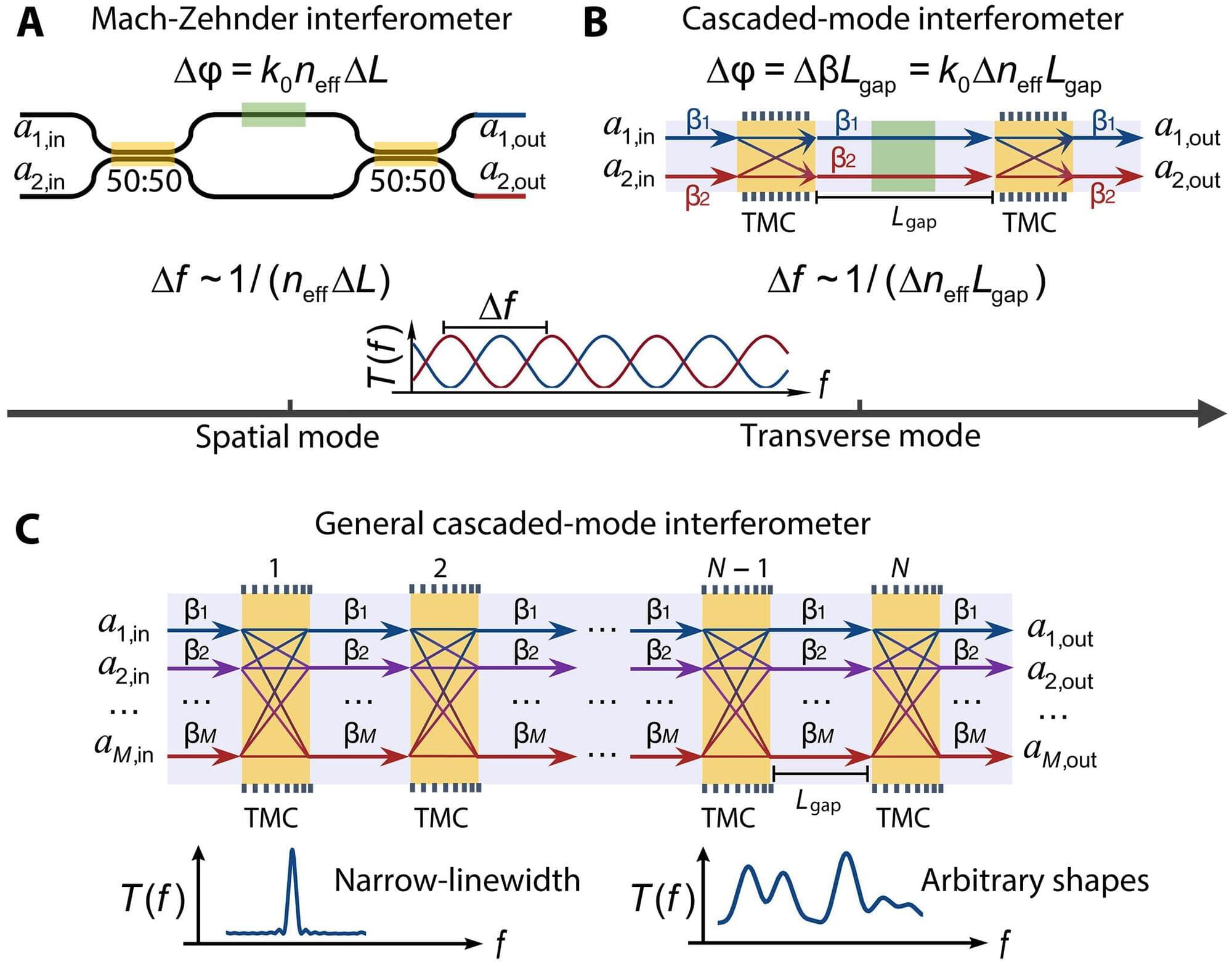The term “memorability” refers to the likelihood that a particular stimulus, such as an object, face or sound, will be remembered by those exposed to it. Over the past few years, some psychology studies have been exploring the extent to which some stimuli are intrinsically more memorable than others, or in other words, whether people are generally more likely to remember them compared to other stimuli of the same type.
Researchers at the University of Chicago recently set out to specifically investigate the memorability of voices. Their findings, published in Nature Human Behaviour, suggest that some voices are more memorable than others and their memorability can be consistently predicted across different listeners.
“Research on intrinsic memorability—the consistencies in what people remember and forget—is a fairly new but active area of cognitive psychology,” Cambria Revsine, first author of the paper, told Medical Xpress. “Many studies from our lab and others have extensively explored this phenomenon over the past decade, finding that participants tend to remember the same images of faces, scenes, objects, and much more. However, no prior study to our knowledge has investigated the memorability of auditory stimuli.”









